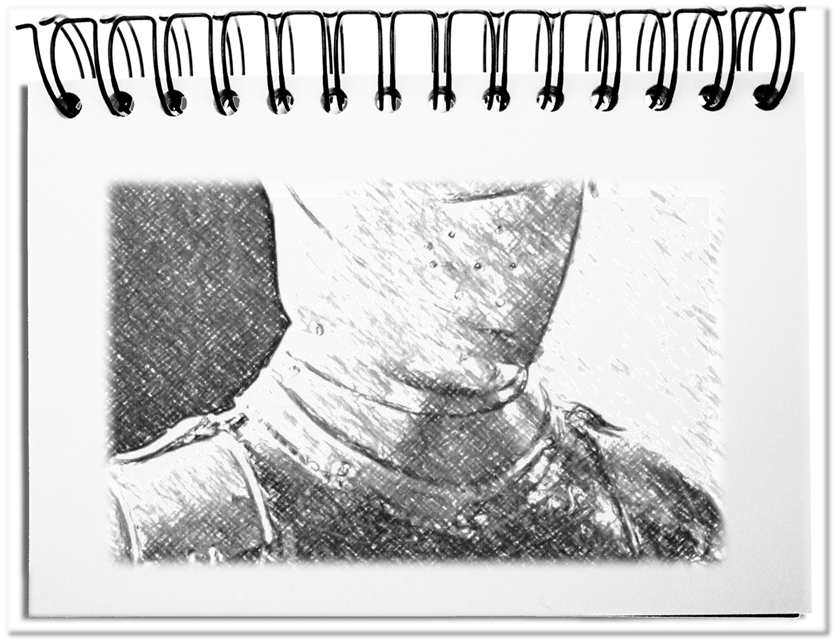The crucial question is not whether conspicuities are a problem, but for whom and from when. The starting point for solving a problem is the moment when someone turns a circumstance into a problem. The example of the clever handling of problems has become well-known with the production system of Toyota. There, employees can stop the production line, if they recognize an error that can not be solved immediately. Of course, this requires a corresponding understanding of what a mistake is and the fact that the deviation is perceived and the employees consider themselves responsible. It already starts with small things. Although a broken pencil is not complete anymore, it still works. Not everybody bothers with the flaw, as long as they can write with it. And even if an issue is seen as a problem that does not mean that someone feels responsible and takes care of it. It’s simply not always a problem – for everybody.
At first a problem must cross the perceptual threshold of the people involved before they can take care of it. The level depends on commonly known mechanisms.
- Influence of stereotypes
General metrics should normally allow the early detection of problems. However, the processing of the parameters is distorted by supplemental information, such as vivid stereotypes, so that they get more weight than the objective measurements. If someone, who has an unreliable reputation, delivers the figures, they are recognized less than if they come from a respected person. Accordingly, not all problems become problems. - Influence of moods
Experiences are deeply engraved into our subconscious mind. Every time something is repeating, the related emotional anchor is strengthened without us realizing. If we encounter a similar situation, these feelings are activated and influence our assessment. If a specific situation has already occurred more often without any damage, this can lead to the fact that the situation is not recognized as a problem. Accordingly, not all problems become problems. - Influence of similar circumstances
An assessment never takes place solely on the basis of the current case. It automatically takes into account similar situations. The resemblance is a matter of the content, the acting people and the other context. Once you have found your benchmarks, you align yourself with the conclusions and results of these comparative cases. If a thousand times nothing has happened, when the signals went red, then also nothing will happen this time. Accordingly, not all problems become problems. - Influence of convictions
The consideration of a situation is also naturally shaped by one’s own beliefs and mental patterns. It is very unlikely that people question their own values and conclusions with an opposite assessment. As a result, you do not use the visible but conflicting information in order to show a problem just because they do not fit your worldview. The reliable friend does not suddenly become unreliable. Accordingly, not all problems become problems. - Influence of other filters
Our attention is limited by many additional filters. For example, the latest information has more impact than older ones; or obvious arguments are more important than not so obvious ones; or negative are affecting more than positive ones. When an opinion has formed, it will be difficult to change it again. The whole culminates in what is generally called prejudice. The technician is then unable to understand the customer and the sales person lacks the understanding of the technology – which means that their remarks are not taken into account. Accordingly, not all problems become problems.
Bottom line: Problems are the result of a subjective consideration of striking circumstances, which are only considered delicate, when they exceed the perception threshold of the people. The necessary attention is influenced by stereotypes, moods, views of the world and many other filters. Only when these factors are overcome and a problem becomes, what it is, only then we can take care of solving the problem. It’s simply not always a problem – for everybody.


